How Do We Shape the Future of our National Parks?
An interdisciplinary study of the history, current state, and future of our Canadian National Parks
University of Calgary - Education 520 - 2019
Designed by: Baghdadwala, Bruce, Irvine, McPherson, Swan.
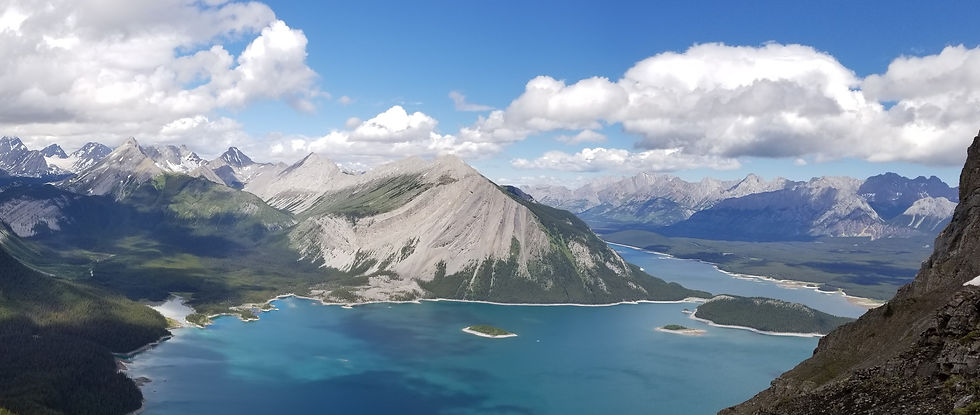

Task
This interdisciplinary study will have students inquiring about the geography of Canada as well as Indigenous perspectives of the land. In groups, they will critically analyze and discuss the importance of their assigned national park and what role they can play when it comes to preserving them. Connecting with Indigenous knowledge keepers and a Parks Canada representative, students will learn about the significance of national parks to specific Indigenous cultures and how their perspectives compare to the eurocentric viewpoint. By combining multiple disciplines to emphasize the cross-curricular competencies, the final summative task will assess students on the various learning outcomes outlined in the Alberta Programs of Studies from disciplines of Social Studies, English Language Arts as well as Science. They will communicate their big ideas and understandings in a final showcase project using a presentation platform of their choice.
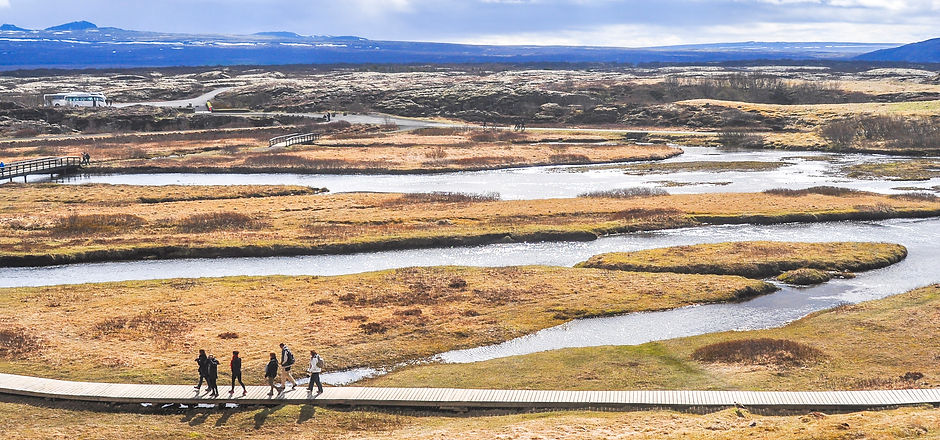
Rationale
In this Interdisciplinary study, Grade 5 students will explore the question, “How do we shape the future of our national parks?”. Throughout the course of this study, students will carry out an investigation of the following key ideas: the importantance of national parks, what they mean to Indigenous people and their connection to land, what modern day challenges face our national parks, and are they serving their intended purpose. Canadians are privileged to have nearly 3% of our country’s landmass covered in national parks. We take pride in our national parks, and through collaboration with Indigenous communities have furthered our efforts in maintaining and protecting many of its national heritage sites (Parks Canada, 2018).
This exploration is student-centered as it encourages students to use multiple lenses to critically analyze some of the issues facing their national park taking into consideration Indigenous perspectives, human impact on the park and its unique biodiversity. In such a study there are opportunites for students to undertake meaningful, challenging and complex inquiries into real-world problems that for teachers it becomes less of a task to plan a unit and more of a question as to how to teach students to become critical, ethical, and responsible citizens of society (Jacobsen, Lock, & Friesen, 2013, para. 10). The study culminates in a final showcase project where students are able to share their understandings and findings with their peers in a presentation format of their choice.

Authenticity
We live in an ever growing society in which advances in conservation practices are happening rapidly. However, due to the planet’s growing population, the health of our national parks is still at risk. This study will help students gain an appreciation of the diverse beauty of Canada by studying its national parks. It will challenge them to uncover their own preconceptions and biases as they learn about Canada’s vast geography, Indigenous connections to the land, preservation efforts, human impact, as they inquire into this multi-disciplined study (SERC, n.d.). Students will collaborate with Indigenous community members and Parks Canada representatives to discuss the importance of national parks to Indigenous cultures and what steps need to be taken in order to ensure their protection.
In a teaching context, a learning experience becomes more relevant when community members and discipline experts are brought in, as it gives the students a chance to personalize and make that direct connection between what they are learning and what is happening in the world right now. It makes it more enriching for them as well as important as it has now provided them with the opportunity to bring in their own prior knowledge and experience into the conversation. As Jacobsen, Lock and Friesen (2013) mention, “knowledge sharing and knowledge building is expected, and learners know their contributions matter as they interact and connect […] with experts and learners beyond the[ir] school” (para.10) This inquiry-based study is designed to be an authentic and hollistic learning experience for students as they develop informed opinions, discover ideas, and develop understandings to aid them in their future as responsible citizens of society.
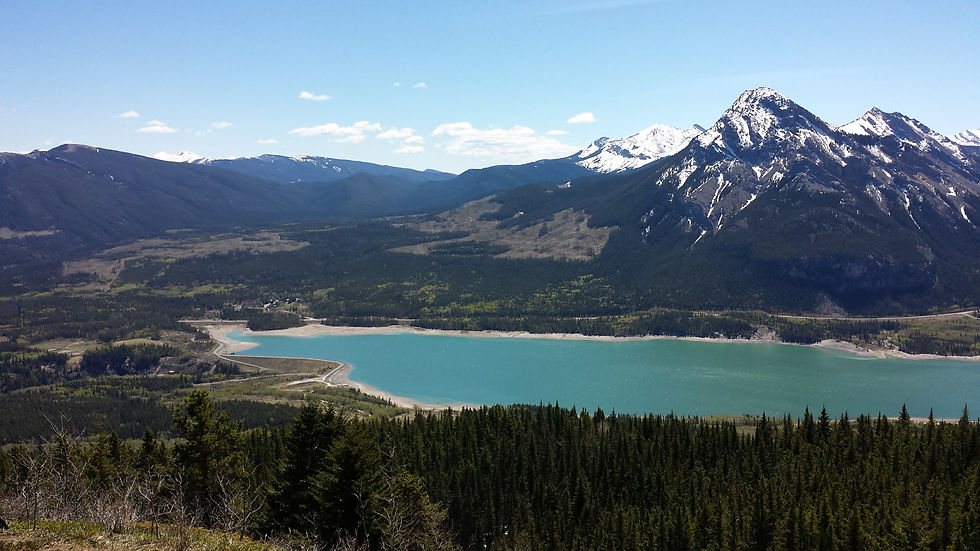
Interdisciplinary Approach
Interdisciplinary studies combine multiple disciplines or subjects in new ways to “examine a theme, issue, question, or topic” (SERC, n.d.; Friesen et al, 2015). This method utilizes a variety of insights to bring different perspectives that help reach a deeper, more coherent level of understanding. It also encourages “learning beyond subject boundaries, so that children and young people can make connections between different areas of learning” (Education Scotland, 2012). This methodology provides students the opportunity for authentic learning that values their diverse identities, interests, entry points, and connects their learning to the world.
In our project students will explore the future of national parks by looking at the history and current state of Canadian National Parks through a scientific lens. Concepts such as biodiversity and ecosystems will help understand human impact on the land. They will have the opportunity to expand English Language Arts skills through research and composition and have the ability to demonstrate learning through various avenues.
Overall, interdisciplinary learning supports student-centered, personalized and authentic learning and creates success for all students through its open-ended, inquiry based, real-world approach to learning.
Student-Centered
Interdisciplinary learning supports student-centered learning as it provides students with more opportunities for agency around their learning. Educators can achieve this by “involving learners fully in the planning” (Education Scotland, 2012, p. 3) and in doing so, it puts the needs and interests of students at the forefront. Jacobsen, Lock and Friesen (2013) further support the student-centered aspect of interdisciplinary learning when they state, “young people learn best when engaged in worthwhile work that interests them” (“passion for learning, para.2). By involving students in the design process, we are creating a learning environment that allows “students [to] make choices about what they learn and negotiate how they learn” (Jacobsen, Lock & Friesen, 2013, “what are participatory learning environments”, para. 1) thus, developing student agency.
Personalized
Interdisciplinary learning plays a role in personalizing student learning because it allows students to design their own learning path through the “integration of methods and analytical frameworks from more than one academic discipline” (SERC, n.d, para.1) This element lets students approach the problem from either multiple disciplines or from a single discipline that makes sense to them. Interdisciplinary learning tasks are typically performance based in which students are given the opportunity to actually demonstrate and apply their knowledge. This personalizes learning because performance tasks offer students the choice of how they want to design their task to demonstrate their expertise.
Authentic Learning
In order for interdisciplinary learning to be meaningful and authentic to students, they must be “given the opportunity to intellectually engage in work that is personally meaningful and relevant beyond school” (Jacobsen, Lock, & Friesen, 2013, “passion for learning”, para. 2). According to Frieson et al. (2015), to do this, the inquiry question must be relevant to student’s lives and experiences, require multiple roles and perspectives, and “must be recognizable to an adult at work or in the community as they might actually tackle the question or problem” (p. 46). By making connections to students’ lives and to those in the field, the learning becomes worthwhile to the students. As students take on “junior” roles of those who are experts in the field, they will learn to “recognize bias, think critically, tolerate ambiguity and acknowledge and appreciate ethical concerns" (SERC, n.d, para.1).


Indigenous Ways of Knowing
Indigenous traditions view teaching as a movement of connectivity and relationality; and treats both texts and lives as interwoven rather than isolating and independent (Donald, 2009). This purposeful act of weaving information is a key construct of interdisciplinary learning.
In our interdisciplinary study students will consider the historical context of the geography of Canada through Indigenous perspectives. We explore the ideas of "the land" as seen through an Indigenous Circle of courage, and reflect on the physical, emotional, spiritual and intellectual components of connecting to the land. By incorporating Indigenous ways of knowing we are encouraging our learners to develop an understanding and respect for Indigenous groups and ways of knowing, and helping them to consider different world views.
Unit Overview
Breakdown of Weekly Themes and Guiding Questions
Week 1:
Thinking critically about the geography of Canada and considering Indigenous connections to the land.
Guiding Questions:
How do Indigenous ways of knowing help us appreciate the importance of our land? How do we respect the land?
How do we think critically about the geographic regions of Canada: what they offer, and how we may preserve these different regions with varying needs?
Week 2:
Learning to navigate research and inquiry-based learning. Discovering their National Park and look specifically at human impact and biodiversity.
Guiding Questions:
How can you use a variety of sources to find information from multiple perspectives and reliable sources?
Why is it important to ask questions?
How can I contribute to environmental and global stewardship?
Week 3:
Continuing group research: facilitation of students through research - looking at the human impact on National Parks and National Parks impact on people and society.
Guiding Questions:
What would happen if a species disappeared from an ecosystem?
What relationships exist between human activity and our environment?
Are National Parks doing what they were originally intended to do?
Week 4:
Feedback loops and final projects. In-class presentations and gallery walk.
Guiding Questions:
Who is responsible for the future of national parks?
How have our actions influenced the past and how will my actions in the present impact the future?
What can we learn from our National Parks?

Curriculum Mapping
Our interdisciplinary study directly meets Program of Studies outcomes related to Social Studies and English Language Arts. Students will use scientific concepts and a lens of scientific inquiry to help deepen their understanding of the outcomes studied. There is also potential for connecting to additional disciplines, such as: Art, Science, Physical Education and Math.
Enduring Understandings
Social Studies: Understand how geographical knowledge and a relationship with the land is key to facing modern day problems in our National Parks.
Understand how learning Indigenous perspectives can foster respect and responsibility for the land.
English Language Arts: Be able to consider multiple perspectives, collect and use new research and understandings to help develop my own informed opinion.
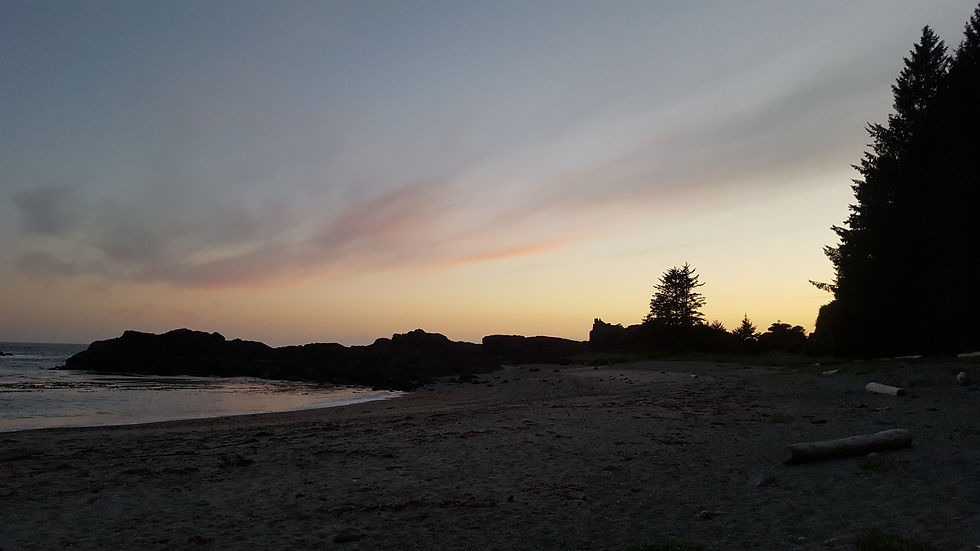
Assessment
Throughout the project there are many opportunities for formative and summative assessment to take place, with an emphasis on a balance of assessment AS, FOR, and OF learning (Manitoba Education, 2006). These will be student-centered with numerous opportunities for students to show their learning in multiple ways.
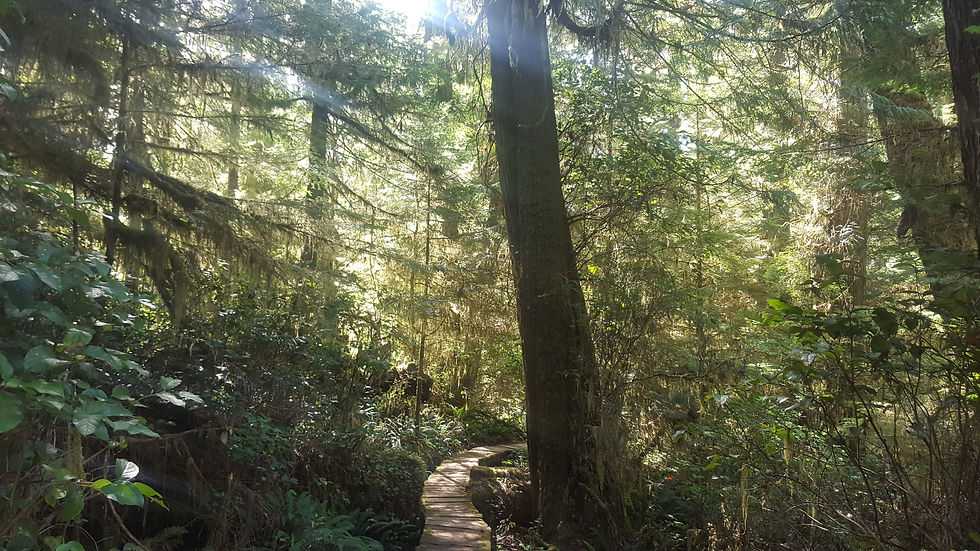
Supporting All Learners
Our study has thoughtfully incorporated into its design inclusive practices, strategies to support English Language Learners, opportunities to explore Indigenous perspectives, and integration of technology. Our study is student-centric, supports the diverse needs of each individual learner, and is designed with the intention to create a “challenging, accessible, motivating learning environment within which all students can develop their full potential” (Alberta Teachers Association, 2014).

About Our Team
Insiyah Baghdadwala: Elementary Education - Science Specialist
My favorite memories are from visiting some of the most beautiful Canadian lakes such as Emerald Lake in British Columbia or the Waterton Lakes in Alberta. I find that being with nature provides an escape from our busy lives and greatly helps our mental health.
insiyah.baghdadwala@ucalgary.ca
Melissa Bruce: Elementary Education - Physical Education Specialist
I grew up spending weeks every summer camping with my family in the Rocky Mountains. Those memories have influenced my love for the great outdoors, and the belief that everyone should get outdoors and into nature as often as possible. My favorite way to do this is hiking in the Rockies, until it snows, then I snowshoe!
Breanna Irvine: Elementary Education - Mathematics Specialist
Growing up on the west coast gave me ample opportunities to get out in nature. My favorite activities were peering into tidepools to discover all the creatures living inside as well as biking through The Gulf Islands National Park and camping in the most beautiful places.
Paige McPherson: Elementary Education - Science Specialist
As a child, I spent my summers (and winters) camping and spending time with family and friends in many of Canada's National Parks. As an adult, my love for camping and the outdoors remains a big part of my life and I hope to continue to share this passion with my friends, family and my future students!
Janice Swan: Elementary Education - Inclusive Education Specialist
I love camping and hiking with my family in Canada's beautiful parks! One of our favourites is Jasper National Park. As a newly designated dark sky preserve, (the 2nd largest in the world!) the stargazing in Jasper is amazing. We can camp and explore the Milky Way without excess light pollution... and if we get lucky we can even see the Northern Lights dancing. Janice.swan1@ucalgary.ca